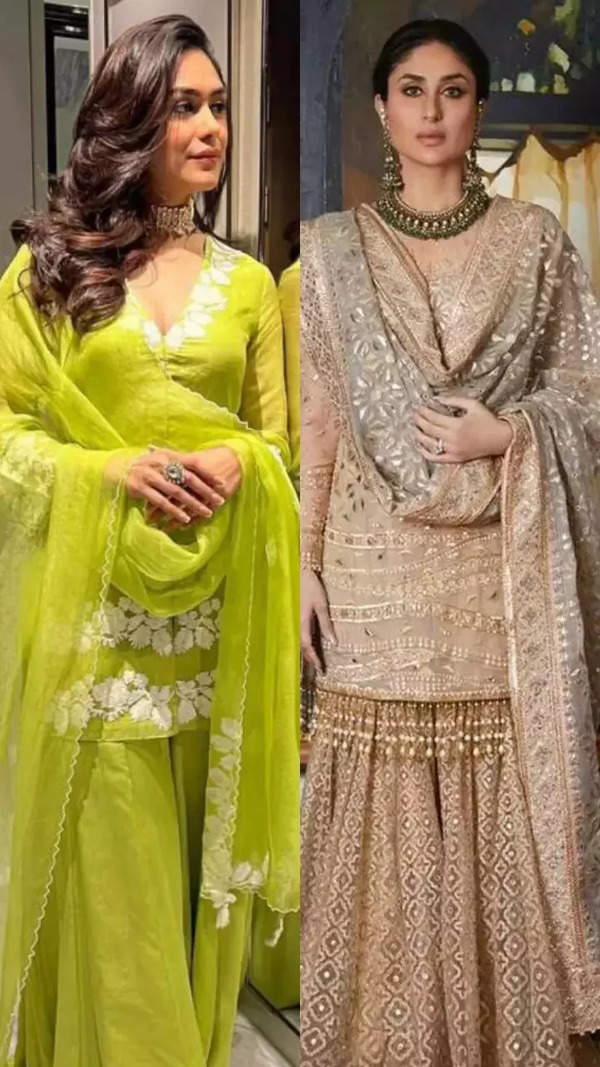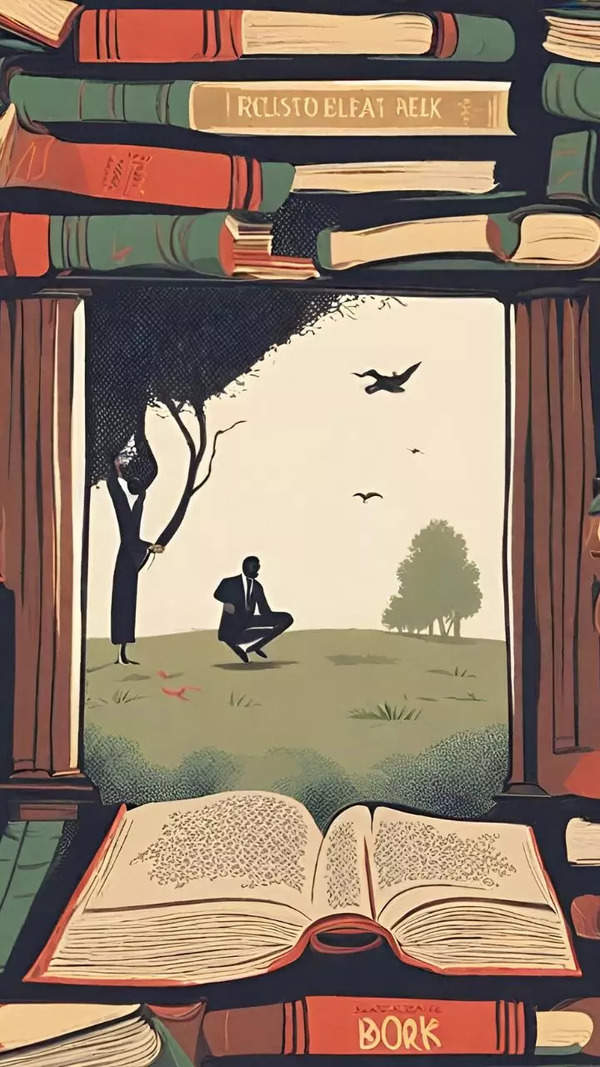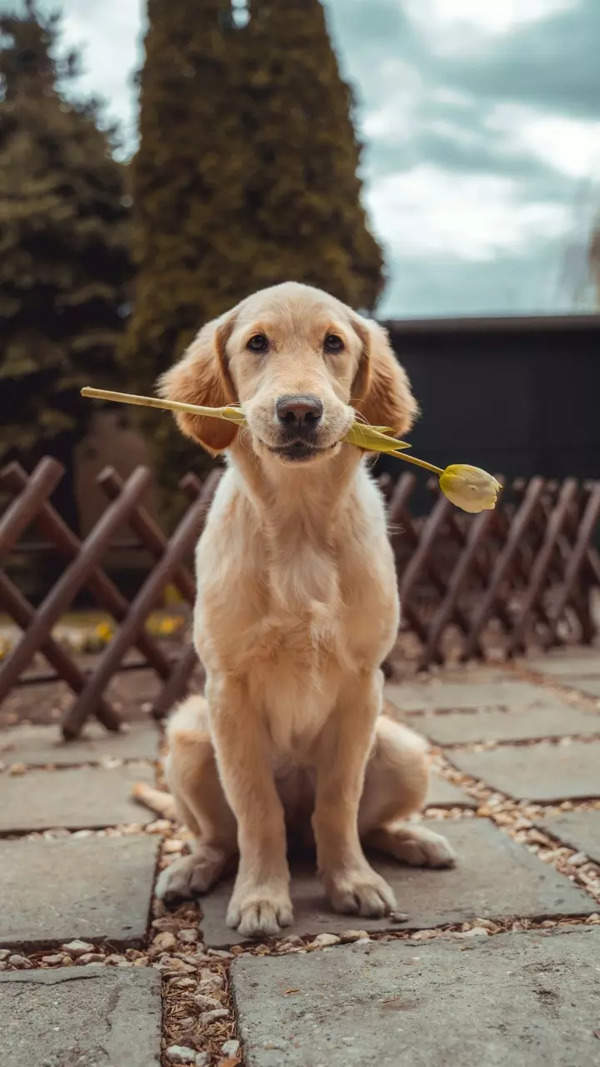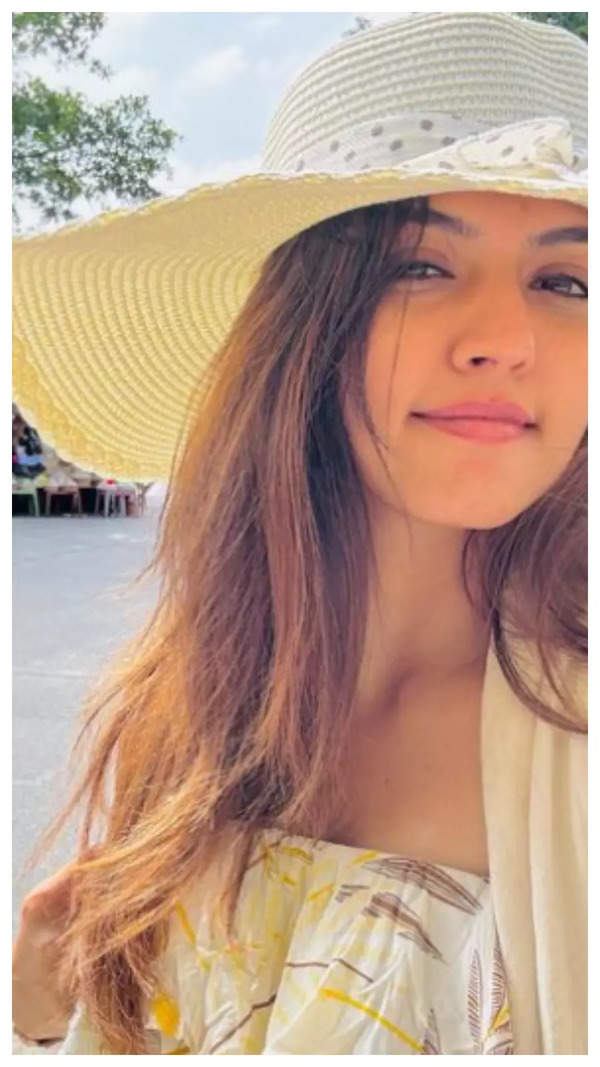- News
- entertainment
- tamil
- movies
- MF Husain loved Chennai's film posters and life on the pavements
Trending
This story is from September 17, 2016
MF Husain loved Chennai's film posters and life on the pavements
Not many know MF Husain (MF), who was also known as the Picasso of India, was a regular visitor to Chennai'
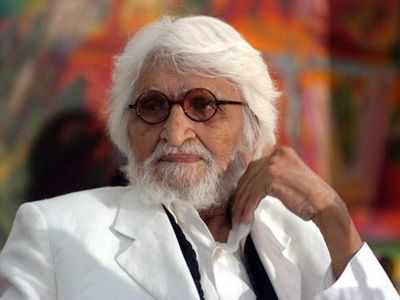
Not many know MF Husain (MF), who was also known as the Picasso of India, was a regular visitor to Chennai' MF used to visit his son, Mustafa, who stayed here for a brief period. During the course of his visits, MF made many friends in the city. One of them was Soli Daruwala (who passed away last year) of Sarala's Art Centre (now, Artworld), which is said to be the oldest art gallery in Chennai.Sarala Banerjee, daughter of Daruwala, tells us that MF harboured a great love for Chennai. 'My father was the first person MF Husain would call whenever he came to the city. My father was into framing back then and that's how their association began. Right up until the year he passed away, my father used to wish MF on his birthday. Even if he was in Chennai only for a short while, he used to stop by the gallery for a couple of hours. My earliest memories of him are at the gallery. He was not the kind of person who gave out advice, but just the way he carried himself, inspired me.'
MF Husain even held a special screening of three of his films in Chennai. Sarala and her husband Bishwajit Banerjee, who attended the screenings, say, 'When he was shooting for Gaja Gamini, he called us up one day and asked us if we had a VCR player. Luckily, we had an old one and fixed it up for him. He came down to Chennai to pick it up, and that's when we saw the rushes of the film. His enthusiasm was child-like when he showed the rushes to us. We even got to see some fun moments on the set'we saw Shah Rukh Khan and Naseerudin Shah handling the camera, too. Much later after the film released, he hired a movie theatre in Chennai where he showed his films ' Meenaxi: A Tale of Three Cities and Gaja Gamini ' for a selected audience. He was constantly giving us background information about each shot and angle during the screening.'
Bishwajit also tells us how quick MF was at painting. 'One day, we went to his son's house in Chennai for breakfast. We saw a 15-by-9-foot canvas nearby. In the evening, when we again visited him for tea, the painting was almost complete. That was his dedication towards his passion. He was the only one who took contemporary art forward. The energy that he had was so consuming. He was always full of ideas,' says Bishwajit.
Even though he was a genial person by nature, he was quite strict about his eating habits. 'He was very conscious about what he ate and was particular about his food habits. We used to give him boiled food, like chana and sprouts when he used to dine with us. But when we went to Mumbai, he offered us a lip-smacking Luckhnawi biryani,' smiles Sarala, adding, 'He had a soft corner for sweets, though.'
His many visits to Chennai inspired him to do a series about the city. 'He loved the hoardings and posters of Tamil films in Chennai. In fact, he did a whole series on the city called the Culture Of The Streets. It included drawings of our ex-chief ministers M Karunanidhi, MGR and his personal take on Tamil cinema. He would also take inspiration from people on the streets. He would see someone on the pavement and would reproduce the whole thing on canvas with ease,' Sarala says.
The status that the country gave him didn't hamper his attitude. 'When he used to hang out in the gallery, many people used to visit him. He was generous enough to make conversation with everyone and patiently gave his autograph. Sometimes, he would not just sign his name; he would even do a small sketch for that person. There was absolutely no airs or graces about him,' she says, adding, 'He had a thing for classical music and dance and he loved the city's cultural scene.'
Husain was not a businessman
People often thought that Husain was commercially inclined, but the truth is that he was not a businessman, says H Madhu of Lakshana Art Gallery. Talking about his association with MF, Madhu says, 'I had galleries in Chennai, Bangalore, Hyderabad and Coimbatore. I used to do framing work for artists. When Husain opened museums in Bengaluru and Hyderabad, I was the main guy who was doing his framing work. My carpenters and I used to spend many hours discussing art with him. The best part was that he didn't have a commercial mind. There have been times when he used to tell me to just keep his art work and not sell them. He was not a businessman. He taught me a lot and we learnt a lot by just looking at him. You won't see another artist like him, ever!'
Describing Husain as a 'university of art', Madhu adds, 'Each and every work that he used to do had some meaning in it. He wouldn't work on a subject without knowing about it fully. We spent a lot of time together during the course of work. In fact, it was he who wanted me to open a large-scale gallery in Chennai. Even today, I am in touch with his sons.'
Husain's tribute to MSS
The last time he visited Chennai was in 2004, when to pay tribute to MS Subbulakshmi (MSS). Madhu, who hosted the exhibition in Chennai at that time, recollects, 'It was in December when he had a show here. He heard about MSS's death, but was in Dubai at that time. He had the habit of paying a tribute through his art whenever someone in the field of arts and culture died. He did the portrait of MSS in Dubai and came to Chennai right after. He wanted to write her name and sign in Tamil. He asked us to write her name in Tamil on a paper and he simply copied that on the canvas. We displayed that at the gallery, in Music Academy, and later it was bought by someone else,' says Madhu, adding, 'He wanted to leave on the same day, but with so much of crowd waiting to see him, Husain eventually stayed here for a week. That was the last time he came to Chennai.'
Michael Ludgrove, consultant Navrathan's Antique Art, Bengaluru, eventually bought the MSS painting last year. 'I have heard that Husain saab attended a concert of MSS in Hyderabad. He apparently told his friends that he heard the most beautiful singing ever and was moved to tears by the end of her concert. So, when he heard that she had passed away, he immediately drew a portrait of her. He held an exhibition in Chennai in 2004, where this painting was the centre piece. It wasn't available then. Recently, we heard that the painting was available for acquisition; we acquired it about a month ago. To be able to have a painting of Amma, who sang Hindu devotional songs, painted by Husain, speaks so much about India's cultural diversity,' he says.
People misunderstood him
During the last few years, Husain courted controversies for his work on Hindu deities that were depicted in non-traditional ways. But Sara Abraham, who is known as the empress of contemporary Indian art, opines differently. Sitting right in front of a huge painting done by Husain himself, Sara's abode houses many of Husain's works. 'People misunderstood him. He was a generous, good-hearted and noble man. Religion never came in his way. He didn't have anything against any religion and was pious,' says Sara. Her association with him goes back a really, really long way. 'I met him first in Mumbai, when my husband was posted there. I was around 21 then. My sister first spotted him, and then pointed him out to me. It was nearly a 60-year-old association with him,' says Sara, quickly pointing towards a portrait of her done by Husain. 'He is so well-informed and often came to Chennai for work. It was he who inspired me to start a gallery, Kalayatra, the travelling gallery, which exhibits works of art across the country,' she says in parting.
MF Husain even held a special screening of three of his films in Chennai. Sarala and her husband Bishwajit Banerjee, who attended the screenings, say, 'When he was shooting for Gaja Gamini, he called us up one day and asked us if we had a VCR player. Luckily, we had an old one and fixed it up for him. He came down to Chennai to pick it up, and that's when we saw the rushes of the film. His enthusiasm was child-like when he showed the rushes to us. We even got to see some fun moments on the set'we saw Shah Rukh Khan and Naseerudin Shah handling the camera, too. Much later after the film released, he hired a movie theatre in Chennai where he showed his films ' Meenaxi: A Tale of Three Cities and Gaja Gamini ' for a selected audience. He was constantly giving us background information about each shot and angle during the screening.'
Bishwajit also tells us how quick MF was at painting. 'One day, we went to his son's house in Chennai for breakfast. We saw a 15-by-9-foot canvas nearby. In the evening, when we again visited him for tea, the painting was almost complete. That was his dedication towards his passion. He was the only one who took contemporary art forward. The energy that he had was so consuming. He was always full of ideas,' says Bishwajit.
Even though he was a genial person by nature, he was quite strict about his eating habits. 'He was very conscious about what he ate and was particular about his food habits. We used to give him boiled food, like chana and sprouts when he used to dine with us. But when we went to Mumbai, he offered us a lip-smacking Luckhnawi biryani,' smiles Sarala, adding, 'He had a soft corner for sweets, though.'
When he sketched M Karunanidhi
His many visits to Chennai inspired him to do a series about the city. 'He loved the hoardings and posters of Tamil films in Chennai. In fact, he did a whole series on the city called the Culture Of The Streets. It included drawings of our ex-chief ministers M Karunanidhi, MGR and his personal take on Tamil cinema. He would also take inspiration from people on the streets. He would see someone on the pavement and would reproduce the whole thing on canvas with ease,' Sarala says.
The status that the country gave him didn't hamper his attitude. 'When he used to hang out in the gallery, many people used to visit him. He was generous enough to make conversation with everyone and patiently gave his autograph. Sometimes, he would not just sign his name; he would even do a small sketch for that person. There was absolutely no airs or graces about him,' she says, adding, 'He had a thing for classical music and dance and he loved the city's cultural scene.'
Husain was not a businessman
People often thought that Husain was commercially inclined, but the truth is that he was not a businessman, says H Madhu of Lakshana Art Gallery. Talking about his association with MF, Madhu says, 'I had galleries in Chennai, Bangalore, Hyderabad and Coimbatore. I used to do framing work for artists. When Husain opened museums in Bengaluru and Hyderabad, I was the main guy who was doing his framing work. My carpenters and I used to spend many hours discussing art with him. The best part was that he didn't have a commercial mind. There have been times when he used to tell me to just keep his art work and not sell them. He was not a businessman. He taught me a lot and we learnt a lot by just looking at him. You won't see another artist like him, ever!'
Describing Husain as a 'university of art', Madhu adds, 'Each and every work that he used to do had some meaning in it. He wouldn't work on a subject without knowing about it fully. We spent a lot of time together during the course of work. In fact, it was he who wanted me to open a large-scale gallery in Chennai. Even today, I am in touch with his sons.'
Husain's tribute to MSS
The last time he visited Chennai was in 2004, when to pay tribute to MS Subbulakshmi (MSS). Madhu, who hosted the exhibition in Chennai at that time, recollects, 'It was in December when he had a show here. He heard about MSS's death, but was in Dubai at that time. He had the habit of paying a tribute through his art whenever someone in the field of arts and culture died. He did the portrait of MSS in Dubai and came to Chennai right after. He wanted to write her name and sign in Tamil. He asked us to write her name in Tamil on a paper and he simply copied that on the canvas. We displayed that at the gallery, in Music Academy, and later it was bought by someone else,' says Madhu, adding, 'He wanted to leave on the same day, but with so much of crowd waiting to see him, Husain eventually stayed here for a week. That was the last time he came to Chennai.'
Michael Ludgrove, consultant Navrathan's Antique Art, Bengaluru, eventually bought the MSS painting last year. 'I have heard that Husain saab attended a concert of MSS in Hyderabad. He apparently told his friends that he heard the most beautiful singing ever and was moved to tears by the end of her concert. So, when he heard that she had passed away, he immediately drew a portrait of her. He held an exhibition in Chennai in 2004, where this painting was the centre piece. It wasn't available then. Recently, we heard that the painting was available for acquisition; we acquired it about a month ago. To be able to have a painting of Amma, who sang Hindu devotional songs, painted by Husain, speaks so much about India's cultural diversity,' he says.
People misunderstood him
During the last few years, Husain courted controversies for his work on Hindu deities that were depicted in non-traditional ways. But Sara Abraham, who is known as the empress of contemporary Indian art, opines differently. Sitting right in front of a huge painting done by Husain himself, Sara's abode houses many of Husain's works. 'People misunderstood him. He was a generous, good-hearted and noble man. Religion never came in his way. He didn't have anything against any religion and was pious,' says Sara. Her association with him goes back a really, really long way. 'I met him first in Mumbai, when my husband was posted there. I was around 21 then. My sister first spotted him, and then pointed him out to me. It was nearly a 60-year-old association with him,' says Sara, quickly pointing towards a portrait of her done by Husain. 'He is so well-informed and often came to Chennai for work. It was he who inspired me to start a gallery, Kalayatra, the travelling gallery, which exhibits works of art across the country,' she says in parting.
End of Article
FOLLOW US ON SOCIAL MEDIA
